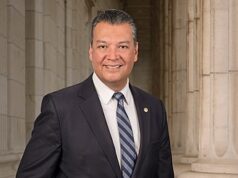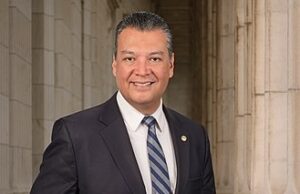Energy Department Makes up to $7 Million Available for Assistance to Indian Tribes; Releases Alaska Solar Prospecting Report
BETHEL, AK – February 17, 2016 – (RealEstateRama) — U.S. Department of Energy (DOE) Secretary Ernest Moniz today announced the availability of up to $7 million to establish a technical assistance regional energy providers’ network to Indian tribes and Alaska Native communities. Participants will be chosen through a competitive process and will receive five weeks of intensive training through the Department of Energy, DOE’s national labs and other entities, giving tribal communities and Alaska Native villages the knowledge, skills and resources needed to implement successful strategic energy solutions.
The network will expand on the technical assistance being provided by DOE and the Obama Administration’s commitment to strengthening partnerships with tribal nations. It will initially aim to capitalize on the unique relationship Alaska Native Regional Corporations and Inter-tribal Organizations have with their member Indian tribes and Alaska Native communities by providing support for the development of trained energy experts. The result will be a national network of regional, tribal energy experts who can provide technical energy assistance and informational resources.
DOE’s Office of Indian Energy also today released a report titled “Solar Energy Prospecting in Remote Alaska: An Economic Analysis of Solar Photovoltaics in the Last Frontier State.” The analysis, conducted by DOE’s National Renewable Energy Lab’s (NREL), focuses on two of the most pressing issues for remote Indian Alaska – reducing or stabilizing the unsustainably high cost of diesel generation, and providing reliable and resilient energy in areas that lack infrastructure. The report finds that significant potential exists for strategically deployed solar photovoltaic systems in remote Arctic villages and communities. In fact, the solar resource in some regions of Alaska “is at least comparable, if not favorable, to that of Germany, which leads the world in solar PV installations.”
“These efforts support President Obama’s commitment to strengthen the government-to-government relationship with tribal nations,” Secretary of Energy Moniz said. “By building energy awareness and expanding existing networks, Indian tribes and Alaska Native communities are better positioned to find energy solutions that fit with their unique needs.”
Secretary Moniz is in Alaska to participate in a Senate Energy and Natural Resources Committee field hearing to examine opportunities for Alaska’s energy future through energy technology innovation and deployment.
DOE recognizes that in many remote Alaska Native villages, the high cost of energy and the logistical challenges associated with transporting diesel and heating oil to remote villages can be an economic and environmental burden. Since 2002, the department has invested over $15 million in nearly 200 tribal projects – $5 million in the last two years alone – through grants and technical assistance for renewable energy and energy efficiency projects that aim to address many of these high energy cost issues. DOE’s work in Native Alaska is based on strong partnerships with local communities, their utilities, their governments, Native Corporations, non-profits, the state, and federal partners.
Through today’s Funding Opportunity Announcement (FOA), DOE will continue to maximize the development and deployment of energy solutions for the benefit of American Indians and Alaska Natives.
A FOA webinar will be held for potential applicants on March 1 from 1-3 Mountain. Those interested can register for the FOA webinar here.
DOE’s Office of Indian Energy promotes tribal energy sufficiency and fosters economic development and employment on tribal lands through energy solutions, and provides education and training to help build the knowledge and skills essential for sustainable Indian energy projects. Learn more about DOE’s Indian Energy programs here.

















